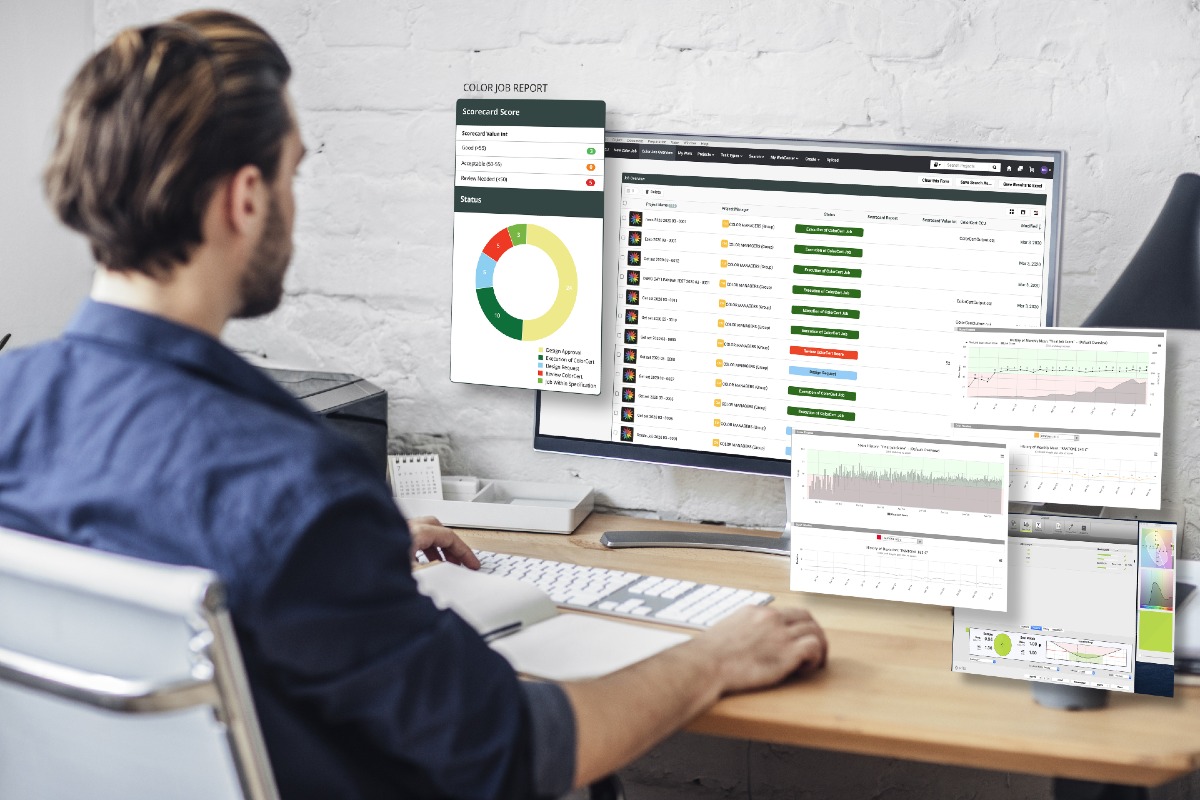In 1974, daredevil Philippe Petit did the impossible. On the morning of August 6th, and after years of planning, Petit and his crew snuck into one of the not yet fully constructed Twin Towers in New York City.
At the top of the tower, Petit, a tightrope walker by trade, and his team rigged their setup. Soon, a 450-pound steel cable stretched from one tower to the other, and across the New York skyline. At 7 AM, Petit stepped out onto the wire, and 45 minutes later, he stepped off. But not until after he had made eight passes along the wire, dancing and saluting onlookers along the way.
What Petit did was seemingly superhuman, and the feat is just as impressive today as it was back in 1974. But, underneath the death-defying stunt was a knowledgeable team—including Petit—making meticulous calculations and planning out every detail to ensure that he had the best chance of pulling it off.
In this regard, tightrope walking is not too far off from creating creative content. Okay, so the repercussions of a failed creative content project aren’t as drastic as falling from thousands of feet in the air, but the processes are very similar. Just like Petit had to count on his crew to execute their tasks flawlessly, every team member involved in the production of creative content must do their part as well.
The High Wire Act of Creative Content
The number of people involved in curating a piece of creative content creates an opportunity for errors. Some of these errors may be minimal, as small as a minor grammatical error that a proofreader will eventually resolve. But other mistakes, like a creative brief that is written poorly or a key reviewer’s delayed feedback, can derail the project.
A failed creative content project can be harmful to a brand. Creative content—especially visual designs—tap into an audience’s deep psychological triggers. Creative content drives engagement, loyalty, and, ultimately, revenue. Content is also a key component of brand experience—or all the experiences and interactions a consumer has that involves a brand. According to a recent Adobe study, 70% of consumers claim they respond to brands that deliver a well-designed experience.
Even if a brand has a product that is superior in every way—whether it’s function, quality, or value—if the brand fails to communicate that effectively across all channels, they will not be able to differentiate themselves from their competitors.
The product shouldn’t only be better—it should appear better across all marketing channels. This is why creative content is so important and why consistently creating good content is like walking a tightrope. One false move and the brand may be spiraling towards the ground.
How MediaBeacon and WebCenter Can Help Brand Teams Balance Their Creative Content Process
Trying to orchestrate successful creative projects over and over again is difficult. But, trying to do it without proper digital asset management (DAM) and workflow management software is darn-near impossible.
MediaBeacon gives brands the space they need for storing all their digital assets that can be used for creative content. One of the biggest challenges for brands today is keeping their digital assets—whether it’s logos, images, designs, etc.—in a safe place where everyone has access to the file they need. MediaBeacon is a DAM that provides just that.
Creative content can take many forms, but one of the most important types of creative content is a brand’s packaging. While brands can fill their websites and social media profiles with engaging content, when consumers are shopping in person, all they have to differentiate one product from another is the packaging.
WebCenter is also a must-have tool for brands that want to improve their creative content production—particularly their packaging. With this Esko solution, brands can eliminate the need for emails aimed at tracking down the latest version. Instead of searching through inboxes, WebCenter makes it easy to find the information one needs to complete their task. As a workflow management tool, WebCenter streamlines tasks and approvals for packaging projects and will give clarity around potential bottlenecks that, if not addressed, can cause a project to slip off the tightrope.
A packaging slip-up can setback a brand a long way when it comes to its brand image. With WebCenter, brands will receive the following benefits that will ensure their packaging is consistent and high in quality:
Specification – Requests will never be missed as everyone has full transparency on what is needed from them to accomplish a project.
Process Management – Brands that incorporate WebCenter into their process see an average of 50% reduction in their lead time for packaging creation.
Approvals – Not only will revisions be reduced by up to 60% for brands that use WebCenter, but approval cycles will be up to three times faster.
Search and Reports – Identifying troublesome bottlenecks has never been easier with WebCenter, allowing for continuous improvements and seamless production.
Integration With Business Systems – Effectively reduce risk and avoid data duplication with WebCenter’s robust integration capabilities.
To learn more about how WebCenter and MediaBeacon can help your brand reach creative content production nirvana, reach out to Esko today!
And, make sure to check out the rest of the Chief Packaging Officer blog for more great tips on how to improve your packaging.










